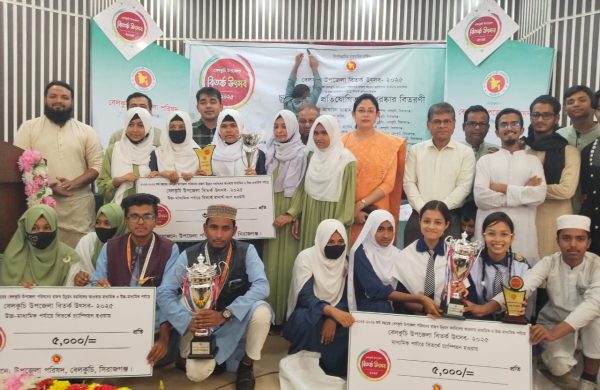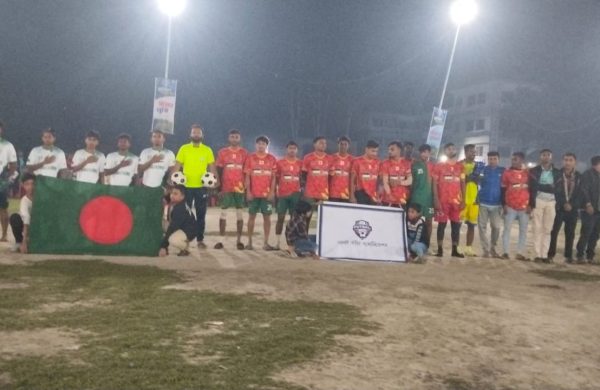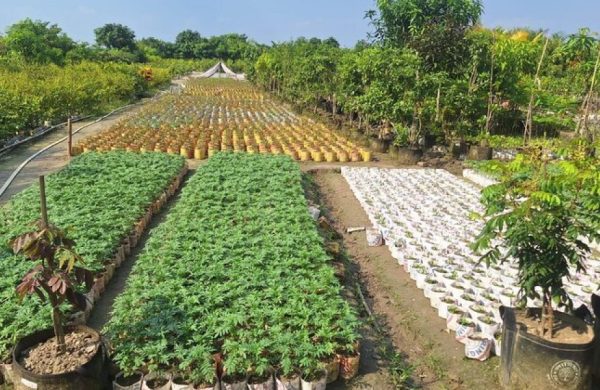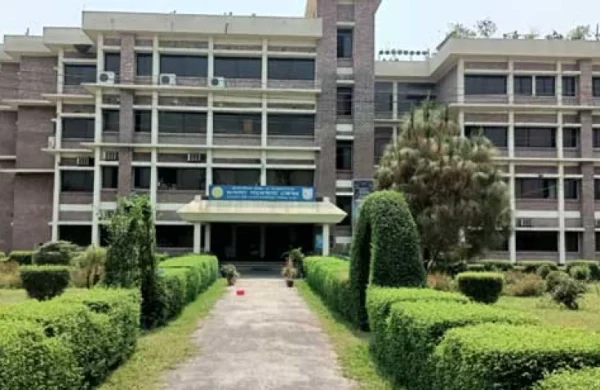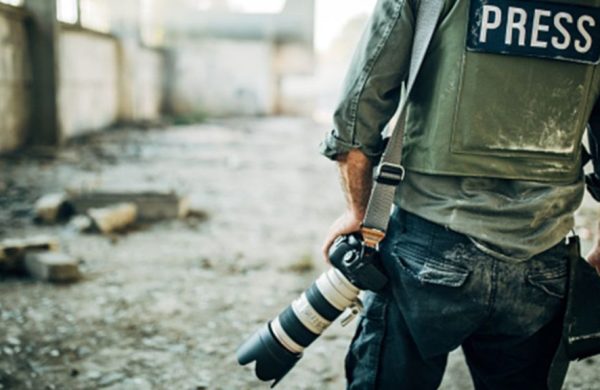18 years’ trauma after Sidr: Why Sharankhola still lives in fear
- Update Time : Saturday, November 15, 2025

Bagerhat Correspondent:
Eighteen years after Cyclone Sidr tore through Bagerhat’s Sarankhola upazila, the memories remain painfully fresh for those who lived through it.
The storm of November 15, 2007 killed at least 908 people in this upazila alone, leaving behind a trail of devastation that changed the landscape and the lives of its people forever.
On Saturday as the sun rises gently over Southkhali’s Chalitabunia, the calm hides a lingering fear. Families who survived that night say the trauma still weighs on them, worsened by broken embankments, fragile riverbanks, and a coastline that remains dangerously exposed.
Standing beside the same banks where Sidr’s tidal surge swallowed entire villages, residents recalled the night that reshaped their lives.
Delowar Talukder, 44, of Chalitabunia in Southkhali union, lost both his four-month-old daughter and five-year-old son. His voice trembled as he revisited the memories he has never escaped.
“There was drizzle throughout the day. Around 9:00pm the water suddenly started rushing in with such force that everything around us collapsed,” he said. “My son was with my mother, who was ill at the time. I took him in my arms but the surge hit the house and snatched him from me. My daughter was in her mother’s arms — the wave took her too. We did not even understand when she slipped away.”
The government built an embankment afterwards, but he claimed it was made with sand and now breaks repeatedly. “Unless the river is controlled, this fear will never go away,” he added. “Even today we live in a small fragile hut. Nothing has recovered for us.”
For many, Sidr was not just a storm — it was a dividing line between the life they lived and the struggle that followed.
Shajahan Molla, 55, another resident of Chalitabunia, said his family climbed onto a boat as the surge engulfed their home, yet five of his relatives still died that night. “We are living with constant panic,” he said. “The embankment built here is not strong. If the riverbanks aren’t properly reinforced, there will be no way for us to live here. We are extremely vulnerable.”
Local journalist Shaheen Howlader believes the warning signs are already visible.
“Thank you for covering such an urgent issue,” he said. “The embankment built after Sidr has not even been formally handed over yet, but parts of it are already collapsing. Unless the government ensures strict monitoring and constructs a stronger embankment, Sarankhola will face another Sidr sooner than expected.”
He added that Bagerhat’s iconic Bogi Bandar area had already disappeared into the river due to erosion. “Those who lost parents and children in 2007 have only one demand now — they do not want rights, they only want protection. A strong coastal embankment is the only thing that can save their lives.”
Upazila Nirbahi Officer (Acting) Md Habibullah told this correspondent that the administration recognises the need for a durable embankment.
“I am here with additional responsibility, but even then this matter seemed extremely urgent to me,” he said. “We have already spoken with the Water Development Board. A project has been approved. Step by step, we hope to construct a stronger embankment so that the expectations of the people are fulfilled.”
Eighteen years on, Sarankhola is not asking for compensation, privilege, or politics — only the assurance that the Boleshwar River will not take more lives. The people who once suffered Sidr’s fury now plead for just one thing: a permanent, durable coastal defence that can protect their future, their families, and the land they still call home.





